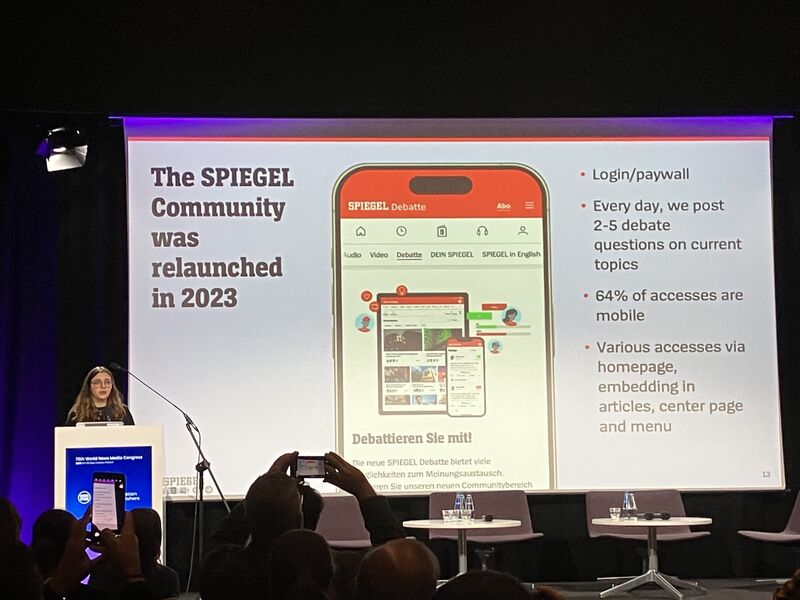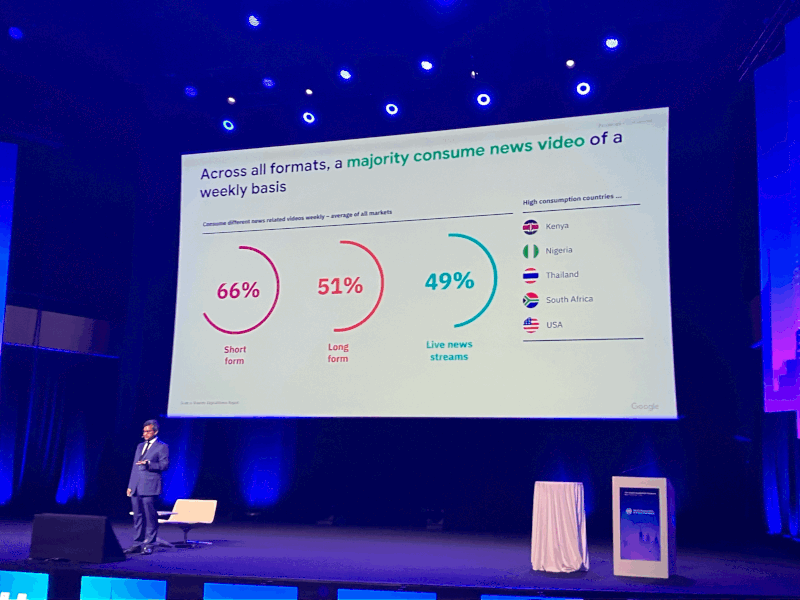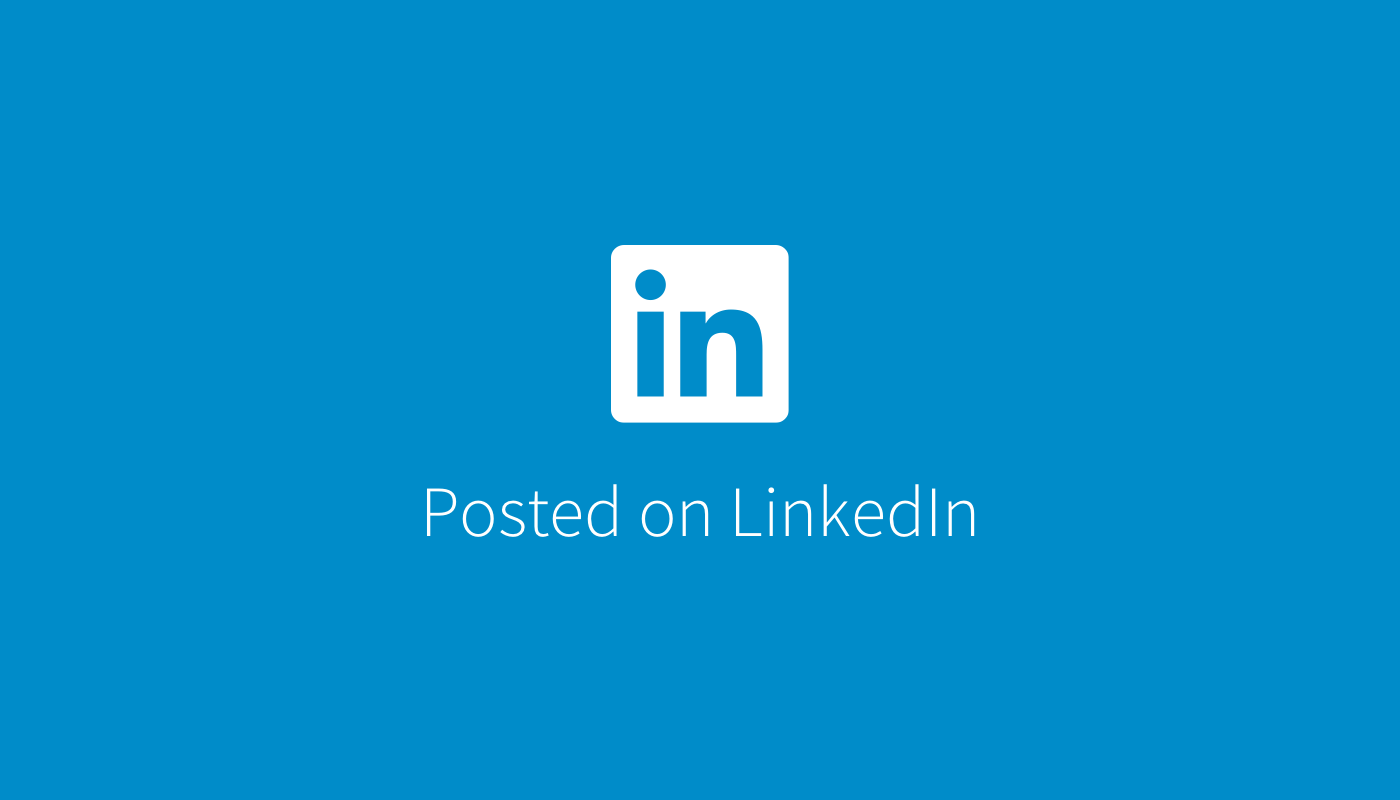Sorry for the brief interruption in my newsletter. My wife and I are on our second round of antibiotics for a nasty chest infection that won’t quit. I’m hoping that antibiotics will clear things up, and normal service will be restored.
In 2013, I was in Russia consulting with a local newspaper. They planned to launch a social network for the farmers in their region, and they wanted my experience with social media and community projects at the BBC and the Guardian. At our meeting to discuss the project, the publisher asked if I would speak to the local university’s international journalism course, which her daughter was taking. “Absolutely. I love talking to students”, I said.
Midday through the meeting, the publisher took a call. All I heard was a series of low, very disapproving “oh, oh, ohs”. A conversation in Russian with my colleague ensued.
I asked my colleague if there was a problem. “FSB has noticed you are here. They say, ‘Who is this Guardian guy? Why you no tell us?’”
“Is this going to be a problem?” I asked.
“No problem, no problem. Last time, Danish guy only detained for two days,” my colleague responded.
That seemed like a problem to me, but over the next few hours, things were smoothed over enough for me to speak to the students.
I gave a talk about the changes in journalism, not just the practice of the craft during the digital transition but also the challenges to the business of journalism. Then came the Q&A. The first question was about the skills needed for professional opportunities in the industry.
The next question? “If you had to choose between going to jail or writing an article critical about the government, which would you choose?”
I paused, scanning the room for the FSB agent - playing “one of these things does not belong”. I paused because I needed time to think of an answer to the question but stay on the right side of a line which wasn’t entirely clear, probably by design.
“I’m an American, and for most of my career, I have worked for British news organisations. I have never had to make that decision,” I started off by saying.
When I said that, I always thought it would be the case in the US. Now, I’m not so sure.
Declining trust isn’t just a challenge for journalism
I am becoming sure of a few things. I’m a journalist, although not working directly in journalism at the moment. It will always be a part of my identity, and whether for audiences or myself, I need to make sense of things. I recently read two books, The Upswing by Robert Putnam and Shaylyn Romney Garrett and Autocracy Inc. by Anne Applebaum.
The Upswing charts the swing of the US from the partisanship, inequality and corruption of the first Gilded Age (late 1870s to the early 1900s), an era of ‘I’, to the ‘we’ era of reform powered by the Progressives from 1900 to 1920 that carried on through two-thirds of the 20th Century. It led to better education, longer lives and greater equality. Bridging social capital - connections between diverse members of society - created growing levels of trust. Economists have also called this civic capital, which they define as “those persistent and shared beliefs and values that help a group overcome the free rider problem in the pursuit of socially valuable activities.”
Beginning in the mid-60s, the ‘we’ curve swung back to back to an ‘I’ focused society. Social connections started to fray and then collapse as fewer Americans joined clubs and groups. It has driven alienation and eroded trust.
Journalists are rightly concerned about the collapse in trust in the work we do and news avoidance, but efforts to address the loss of trust have been too narrowly focused on our industry. In the US, trust has dropped in almost every institution - the government, Congress, public schools, banks, big business, churches, and just about everything, according to Gallup. The US is a society in crisis, but it is not alone in the loss of bridging social capital. This is a global issue.
Over and over again, I hear how people are feeling powerless, and even I feel exhausted by events these days. I have worked in journalism for more than 25 years now, and I have created a focus on my iPhone called News Break, which shuts off the notifications from my news apps. I turn it on over the weekends now.
The world is on fire, and journalists need to zoom out and understand how they can rebuild trust and help people make things better, not just highlight the shortcomings of politicians and institutions. We have to play a role in rebuilding trust amongst people, reconnecting people to each other and helping them to solve problems. Solutions journalism is an important effort, and constructive journalism goes even further, with an emphasis on fostering civic dialogue. Constructive journalism’s three pillars are “solutions, nuance and democratic conversation”.
It is not positive, uncritical news, an alternative to watchdog reporting or a quick fix to the media industry’s problems. Instead, it recognizes that in order to serve democracy, quality reporting must be critical, inspirational, nuanced and engaging.
From Why Constructive Journalism?
That resonates so much with me. I think journalism can connect, engage and inspire people. Bob Putnam highlighted the role of muckraking journalists in helping to set in motion the reforms that were central to the Progressive Era at the beginning of the 20th Century. The Jungle by Upton Sinclair “was the final precipitating force behind both a meat inspection law and a comprehensive food and drug law”, the US Food and Drug Administration says on its site. The muckrakers were not just investigative journalists but also reformers who wanted to root out corruption in public and private institutions. They stood in stark contrast to the sensationalist yellow journalists of their day. Ida Tarbell wrote about the corruption of the massive trusts that dominated American business at the time and fought a successful battle to break up John D. Rockefeller’s Standard Oil.
Journalism has continued in this vein with brave reporting in many democracies, but now the challenge is that people have so little trust in the work we do. Autocrats around the world are leading a relentless attack against journalism, and as I wrote in my last newsletter, platforms support creators and influencers much more than they do traditional journalism institutions. The muckrakers were often super freelancers who worked for a wide range of publications. What tied them together was their passion for reform and several like-minded magazines. Similarly, I think we can use the current eco-system of newsletters, digital platforms and traditional publications to create a constellation of community-building, reform-minded journalism that builds trust in journalism and helps to rebuild civil society.
We need alliances to support democracy and battle disinformation
However, we need a clear understanding of the unique challenges of this moment, and Anne Applebaum provides that in Autocracy, Inc. It is one of the best explanations I have seen about how autocratic countries around the world - Russia, China, Iran, Belarus and Venezuela - have developed a playbook to sustain their control and undermine democracy.
Russia’s RT, China’s CGTN, Iran’s Press TV and Venezuela’s Telesur exist to create easily packaged videos to flood social networks with messages that undermine people’s faith in democracy.
“…many of the propagandists of Autocracy, Inc., have learned from the mistakes of the twentieth century. They don’t offer their fellow citizens a vision of utopia, and they don’t inspire them to build a better world. Instead they teach people to be cynical and passive, because there is no better world to build. There goal is to persuade people to mind their own business, stay out of politics, and never hope for a democratic alternative. ‘Our state may be corrupt, but everyone else is corrupt too. You many not like our leader, but the others are worse. You may not like our society, but at least we are strong and the democratic world is weak, degenerate, divided, dying.’”
Anne Applebaum, Autocracy Inc.
She also highlights how this global network of autocrats has exploited Western financial institutions to enrich themselves. They are bound together “not through ideals but deals”. As the New York Times writes in a review of the book: “Thanks in large part to the opacity of global finance, they enjoy a vibrant trade in surveillance technologies, weapons and precious minerals, laundering one another’s dirty money and colluding to evade American sanctions. This venal compact of convenience she calls ‘Autocracy, Inc.’” More specifically:
In the crush of developments in the US, it is easy to lose track, but amidst all of the changes are ones that will benefit Autocracy, Inc. In February, “[The US Justice Department] has disbanded an effort to enforce sanctions against Russian oligarchs and fired veteran public corruption prosecutors who played a role in the department's two criminal cases against Trump during his years out of office,” Reuters reported. The president also signed an executive order instructing the Justice Department to pause enforcement of the Foreign Corrupt Practices Act, which makes it illegal for US businesses to bribe foreign officials to win contracts. “It's going to mean a lot more business for America,” the president said as he signed the order, according to Reuters.
Donald Trump has spoken glowingly about the Gilded Age. He says that the US was richest from 1870 to 1913, but wealth was concentrated, as it is increasingly now. This was also a period of corruption and government by patronage rather than by a professional civil service. It was a period of fierce partisanship. Change came from reformers outside of the two main political parties. It came from reform movements grounded in local communities and organising, whether that was the settlement houses such as Hull House in Chicago, labour unions or membership groups that gave new immigrants to the US a sense of belonging.
Autocracy, Inc. has crafted a narrative “that described autocracies as safe and secure and stable, and democracies as divided, chaotic, and degenerate”, Applebaum told Radio Free Europe.
"And some version of that, in millions of forms, is now available on the Internet. And that…chimed with a part of the American political spectrum that is…feeling disgruntled, that doesn't like social change, demographic change, economic change, and political change over the last couple of decades and is seeking to reverse it."
Anne Applebaum, interview with RFE
They made existing divisions deeper, she added.
It seems like an insurmountable challenge. But at the end of the 19th Century, reformers faced corrupt politicians, powerful media interests and incredibly powerful corporate interests. We won’t reform our democracies, heal our divided societies and build the future we want alone. Journalists will need to build alliances with others who share our democratic values to restore trust in what we do and faith that together we can all deliver the reform our citizens need. That is the power of democracy.
Successes and challenges in local journalism
I have a soft spot for local journalism. I started in local journalism, and my last two roles before my current one were in local journalism. It’s a difficult business, but successful models are beginning to develop. On the difficult side of things: The Wall Street Journal profiled Jeremy Gulban, who used his family IT business to build out a local newspaper group in the US, CherryRoad Media. He owns 92 newspapers; a third are profitable, a third are breaking even, and a third are losing money. Perceptions of bias, tariffs increasing the cost of newsprint and difficulty finding reporters are making business even more difficult.
However, in Scotland, Newsquest is finding success. They are in the midst of a multi-year digital transformation programme. They have switched from focusing on page views to focusing on paying digital subscribers. They are also diversifying their digital products, launching standalone sports sites and newsletters, both on sports and also as local news aggregators.
Amedia in Norway has also found success in local media by building and refining a product - +Alt - that allows subscribers to buy a single subscription that includes access to their full range of local newspapers plus those of partners and also to a sports streaming service. Their bundline boasts a higher increase in average revenue per user, a larger decrease in churn and a higher increase in lifetime value than the New York Times bundle. Wow!
AI: Bloomberg’s ‘rocky start’ and a review of Perplexity’s new interface
Bloomberg has been pushing the boundaries of experimentation with AI, including creating its own LLM, but as the New York Times highlights, that experimentation has not been without its rough spots. The challenge for many publishers is where humans should be in the loop and how to guarantee editorial standards.
Ezra Eeman, of Dutch public broadcaster NPO, has become of Europe’s leading voices on AI. Here he breaks down the new interface of Perplexity’s new UI and how it changes information-seeking behaviours.











































